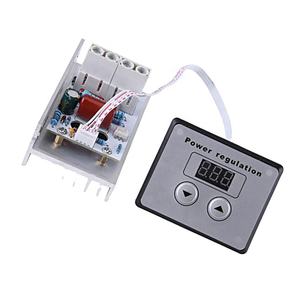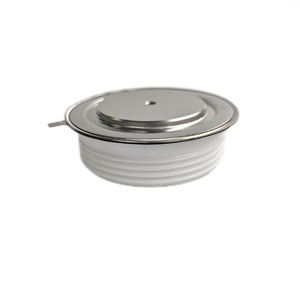Electronic Components Supplier | Transformers, Inductors, Inverters
PRODUCT PARAMETERS
Description
Overview of high-speed pulse thyristors Fast-acting pulse thyristors
Thyristor is a solid-state semiconductor device composed of four layers of alternating P- and N-type materials. It functions as a bistable switch, conducting current only when triggered by a gate signal, and remains conducting until the voltage across it drops below a certain threshold. Thyristors are widely used for controlling high-power electrical circuits, offering efficient and reliable performance in various industrial and electronic applications.
Features of high-speed pulse thyristors Fast-acting pulse thyristors
- High current and voltage handling capabilities
- Low on-state voltage drop, reducing power loss
- Fast switching speeds for precise control
- Latching behavior: once triggered, remains conducting without continuous gate signal
- Robust and durable design suitable for harsh environments
- Available in various types (e.g., SCR, TRIAC, GTO) for specific needs
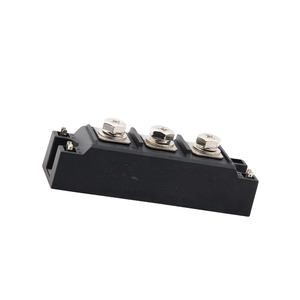
(high-speed pulse thyristors Fast-acting pulse thyristors)
Specifications of high-speed pulse thyristors Fast-acting pulse thyristors
High-speed pulse thyristors handle demanding switching jobs. They switch on incredibly fast. This rapid turn-on is crucial for precise pulse control. Think milliseconds or even microseconds. These devices manage high power pulses effectively. They withstand high surge currents during short bursts. This surge rating is much higher than continuous current. Peak pulse current capability is a key specification. Voltage blocking ability is vital too. These thyristors block high voltages in the off state. Both forward and reverse blocking voltage (VDRM, VRRM) matter. High voltage ratings ensure safe operation under stress. Low on-state voltage drop is another plus. Less voltage drop means less power wasted as heat. This improves overall circuit efficiency.
Gate triggering needs careful attention. These thyristors need a strong, fast gate pulse. The gate trigger current (IGT) and voltage (VGT) are specified. Meeting these guarantees reliable turn-on. Fast turn-off is equally important. The circuit design helps achieve this quickly. Good thermal management is non-negotiable. High pulse currents generate significant heat. The junction temperature must stay within safe limits. The thermal resistance (junction-to-case) spec shows heat flow efficiency. A lower number is better. It means heat escapes faster. Package design helps with heat dissipation. Stud or disc packages are common. They connect directly to heatsinks. This keeps the device cool during operation.
Ruggedness is built into these components. They tolerate electrical stress well. High di/dt capability means they handle fast-rising currents without damage. High dv/dt capability prevents unwanted turn-on from fast voltage spikes. These specs ensure stable performance in tough conditions. Applications demand this reliability. You find these thyristors in pulse generators, laser drivers, and power modulators. Medical equipment like defibrillators uses them too. They power particle accelerators and specialized welding gear. Choosing the right thyristor requires checking all specs. Match the voltage, current, speed, and thermal needs to your circuit. Proper selection ensures optimal performance and long life.
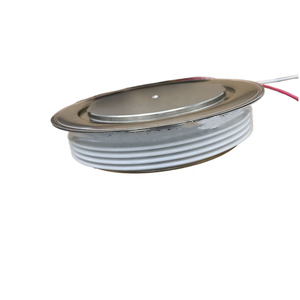
(high-speed pulse thyristors Fast-acting pulse thyristors)
Applications of high-speed pulse thyristors Fast-acting pulse thyristors
High-speed pulse thyristors are special switches for electricity. They handle very fast, powerful bursts of power. These thyristors turn on incredibly quickly. They react in nanoseconds. This speed is vital for many modern devices needing precise power control.
They work like a gate. A small signal tells them to open. Once open, they let a huge current flow through instantly. They stay on until the current flowing drops almost to zero. This makes them perfect for short, intense power pulses. They manage this repeatedly and reliably.
Their fast switching is the key benefit. They deliver power exactly when needed, for the exact time required. This precision avoids wasted energy. It also protects sensitive components downstream. They handle high surge currents well. This toughness is important for demanding jobs.
You find these thyristors in medical equipment. They power lasers used in surgery and eye treatments. The laser pulse timing must be exact. Industrial systems rely on them too. They control powerful spark erosion machines for cutting metal. They drive intense pulsed light systems for surface treatments.
Scientific research uses them heavily. They power particle accelerators and plasma generators. Precise high-voltage pulses are essential here. They are crucial in pulsed radar systems. Radar needs sharp, defined pulses for accurate detection and ranging. Modulators for lasers and other devices also depend on them.
These components are built tough. They endure repeated high-power surges. They operate reliably under stress. Fast-acting pulse thyristors are essential where speed and power meet. They enable technologies demanding split-second electrical control.
Company Profile
PDDN Photoelectron Technology Co., Ltd. is one of the leading enterprises in power electronics technology and power products, which is fully involved in developing solar inverters, transformers, voltage regulators, distribution cabinets, thyristors, modules, diodes, heaters, and other electronic devices or semiconductors. We will be committed to providing users with high-quality, efficient products and considerate service.
It accepts payment via Credit Card, T/T, West Union, and Paypal. PDDN will ship the goods to customers overseas through FedEx, DHL, by sea, or by air. If you want high-quality high-speed pulse thyristors Fast-acting pulse thyristors, please send us inquiries; we will be here to help you.
Payment Methods
L/C, T/T, Western Union, Paypal, Credit Card etc.
Shipment
By sea, by air, by express, as customers request.
Storage Conditions
1) Store in a dry environment at room temperature.
2) Avoid damp and high temperature.
3) Use immediately after opening the inner packing bag.
5 FAQs of high-speed pulse thyristors Fast-acting pulse thyristors
Here are 5 common questions about fast-acting pulse thyristors:
What exactly are fast-acting pulse thyristors?
These are special thyristors built for very short, high-power bursts. They turn on incredibly fast when triggered. They handle massive surge currents for milliseconds or less. They are designed only for pulse duty, not continuous operation.
Why is fast switching speed critical?
Precise timing is essential in pulse applications. The thyristor must turn on almost instantly when the trigger signal arrives. A slow turn-on means energy is wasted. Fast switching ensures the pulse energy is delivered exactly when and where it’s needed.
Where are these thyristors typically used?
You find them in demanding pulse power systems. Common uses include powerful industrial lasers, medical equipment like defibrillators, pulsed radar transmitters, and specialized scientific research tools. They generate intense, controlled energy bursts.
What key specifications matter most?
Focus on peak pulse current rating (I_TSM) and the critical rate of current rise (di/dt). The peak current tells you the maximum surge it can handle. The di/dt rating shows how quickly the current can surge through the device without damaging it. High di/dt capability is crucial.
Can they handle repeated high currents?
Yes, that’s their main purpose. They are engineered to survive repeated, extreme current pulses. But you must operate within the specified peak current and di/dt limits. Exceeding these ratings, even briefly, will likely destroy the device. Follow the datasheet guidelines carefully.
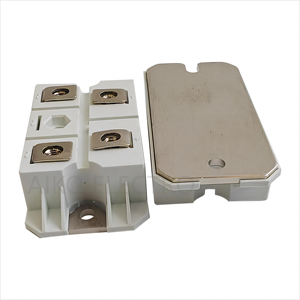
(high-speed pulse thyristors Fast-acting pulse thyristors)
REQUEST A QUOTE
RELATED PRODUCTS
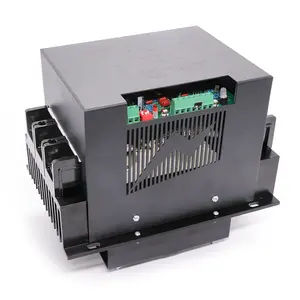
Induction Pig Iron Melting Furnace Electrical Steel Oven Thyristor Smelting Stove for Stainless Steel Copper
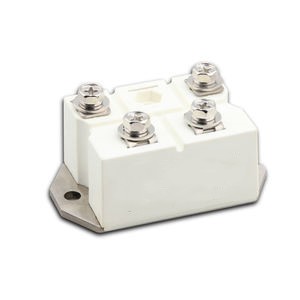
New&Original Warranty Thyristor / Diode Modules
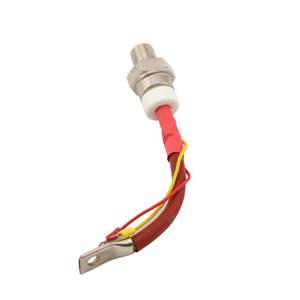
THYRISTOR MODULES POWER MODULES
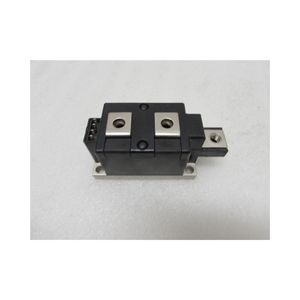
Phase Control Thyristor SCR
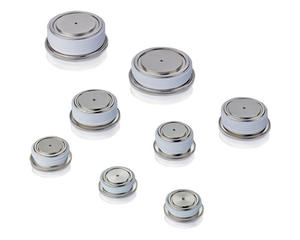
hot factory thyristor fast switching thyristor SCR
